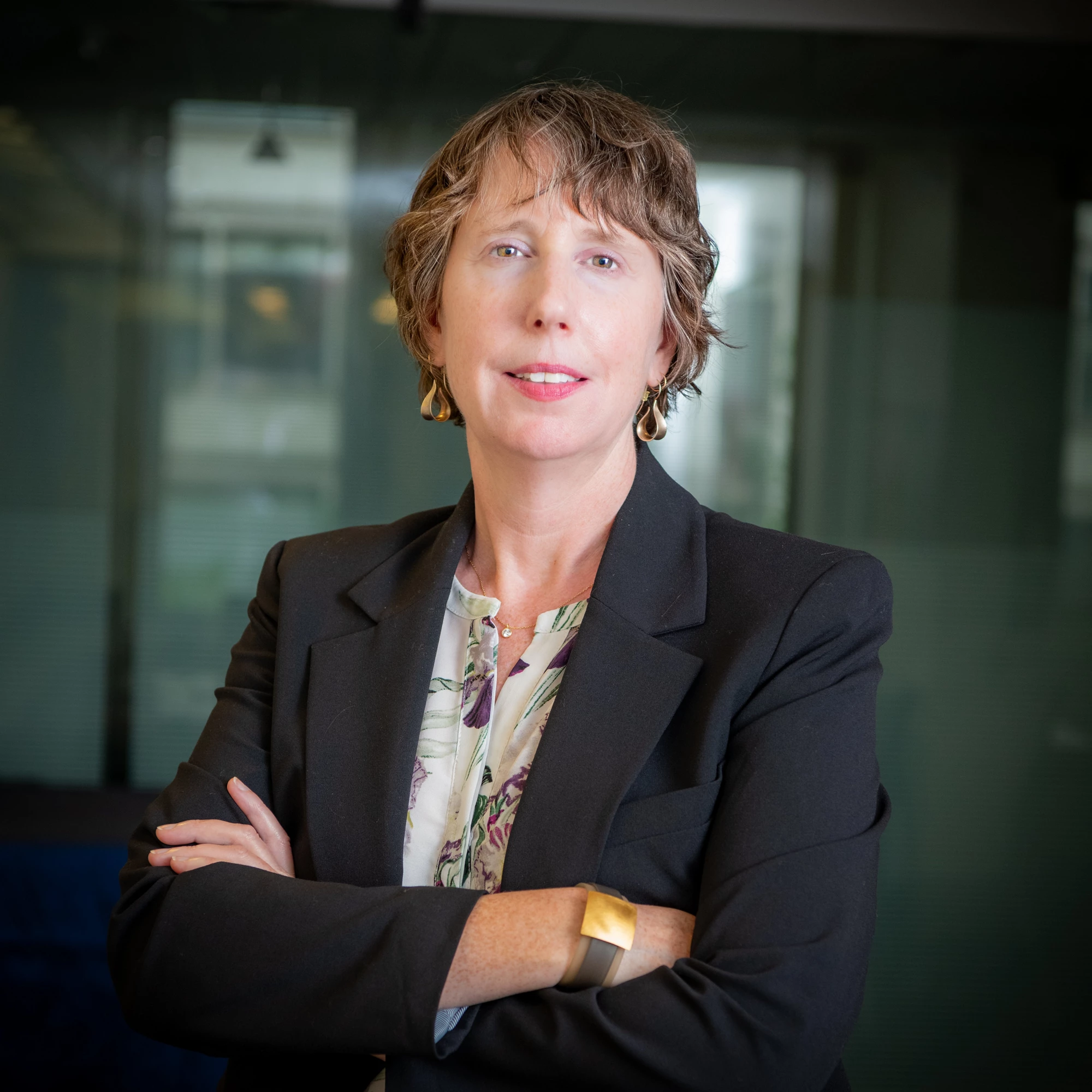 ©Rohit Jain/ World Bank
©Rohit Jain/ World Bank
Tomorrow we celebrate rural women around the world as heroes of food and nutrition security. But one day of celebration isn’t enough. They need more support, in the form of policies, resources and other actions to help level the farming field – and the first step is recognizing them as farmers.
Women represent upwards of 40% of the agricultural labor force globally and grow much of the food for their families and communities. Moreover, men’s migration from rural areas to cities has only increased women’s responsibilities on the farm and driven the “feminization” of agriculture in many countries. Yet, many women are still seen merely as laborers, with little decision-making power, rather than as independent farmers in need of support. So, the gender agricultural productivity gap persists.
In Guatemala, a recent study found that the vast majority of rural households remained in agriculture even after the male household head migrated. While women took on greater responsibilities in farm decision making and cultivation, they had limited access to external support. Still, households headed by women farmers had the highest levels of food security and food diversity relative to others in the survey, suggesting that women farmers have an important role to play in achieving food security and nutrition.
Many women farmers can’t access productive resources—such as inputs, training, and finance—because they don’t have secure, documented land rights. Without land, women have nothing to leverage as collateral for formal finance and are often excluded from government programs to support farmers, such as subsidized inputs and training. Ultimately, women farmers’ lack of documented land rights keeps them ‘invisible’ and limits their productivity.
The Food and Agriculture Organization of the United Nations suggests that improving women’s access to productive resources would enable them to produce 20-30% more food, with positive impacts on children’s nutrition, health, and education, and could increase national agricultural outputs by as much as 4%. In Africa, a multi-country study found that the gender productivity gap ranged from 13% in Uganda to 25% in Malawi, even when women had access to land and inputs, in part because women lack secure land tenure and have less access to education, information and markets than men.
Women in rural areas often face both formal and informal barriers to accessing and owning land
In many countries, few land rights are registered or recorded, and women’s land rights are the least secure. For example, women represent only 13.9% of all recorded landholders in India despite making up 65% of the agricultural workforce. This is particularly troubling given that many public and private agricultural services in India identify farmers for eligibility based on their land records. While women farmers in India are increasingly empowered to achieve economies of scale through collectivization, it is still difficult for them to access and own land. Moreover, women farmers without land records are unable to access the more competitive loan rates offered to individual landowners and are excluded from leadership roles in farmer producer organizations.
Access to and control over assets – particularly land – can improve not just a woman’s well-being, but also that of her family and community. Several country studies in the World Development Report for 2012 on Gender Equality show that greater control of land leads to better food security and nutrition for children. For example, in Ghana, the share of land owned by women is positively associated with higher food expenditures among rural households, and in Nepal, fewer children are severely underweight in households where mothers have greater ownership of land.
To reach their potential, women farmers need to be seen – and supported
Development programs supporting farmers often fail to adequately benefit women by setting beneficiary targets without addressing their constraints, such as mobility, land ownership, and other household responsibilities. The global lack of sex-disaggregated data on agricultural labor force participation and secure land tenure is another barrier. Without securing women’s access to land and monitoring their land rights and access to other resources, how can countries build programs and policies that benefit these ‘invisible farmers’?
These issues have come into stark focus in the response to the COVID-19 emergency: some emergency relief programs have been unable to reach women farmers because they are not registered either as farmers or as landowners. Concerted efforts will be needed to avoid reversing the gains women have made in the agriculture sector in the wake of COVID-19.
Building back better means addressing the root causes of the gender productivity gap, especially access to secure land rights, inputs, and extension services. First and foremost, we need to see women in agriculture as farmers, and this can be addressed by supporting women to access secure land rights. Over 20 World Bank land projects currently use innovative ways to increase women’s access to housing, land and property, and IDA 19 has made a specific commitment to ensure that World Bank-financed land projects take measures to improve women’s tenure security.
Until women are recognized as farmers and have secure, documented land rights, many women farmers will continue to face difficulties accessing other productive inputs or fully investing in their land. Making women farmers ‘visible’ and taking down the institutional barriers that hold them back should be the cornerstone of “Building Back Better” in the rural sector, to ensure that all farmers can emerge from this crisis stronger than ever.




Join the Conversation